Summary: How does Policy Design impact product-service design? Policy design is a critical element in improving products and services. Well-crafted policies can have a groundbreaking impact if they focus on seamless interaction, customer empowerment, and efficiency gains.
Policy Design has a subtle but profound impact on product-service design. Technology introduces complexity. This complexity is often hidden in rules governing services or interface interactions. But policies can be confusing, whether navigating through multi-step password authentication or understanding how a service or product functions.
For organizations, many hours are spent discussing and deciding on how a service or product will work. For users, policies are invisible and, therefore at risk of being missed or, worse misunderstood. As a result, organizations must prioritize policy design as a strategic tool for creating exceptional customer experiences.
How policy design can mitigate risk
Effective policy design can have a profound impact on business results. Since policies are the controlling mechanism for interfaces via rules, it is important to get them right. They are often a hidden friction point for many services or product-service interactions.
First, aligning with customer expectations and conceptual models is critical. For example, a streamlined returns process that delivers equally well on mobile, over the phone, and in a physical branch demonstrates smooth touchpoint interactions. Smooth interactions are the point of well-designed policies. Product-service experiences are burdened when customers are stopped from their journey progress with questions or procedural steps that you require. Customer-centric policies are about softening the strain of “Wait, stop, do this first” or “You can’t do that unless you do this” type of experience. Can policies be more democratic and honor the customer value they are trying to deliver?
The problem with most anti-customer policy design is that many teams don’t perceive the problem- they are “the requirements” after all.
However, improved customer-obsessed policies that are designed to delight while optimizing internal operations can lead to improved loyalty and efficiency. For instance, a streamlined product replacement policy can reduce administrative overhead, minimize customer wait times, and enhance resource utilization, ultimately leading to cost savings. Schools that offer free lunch programs, for example, see better outcomes in the classroom with more engaged and better-behaved students.
It’s time to address Policy Design
Policies in software and services are ready for a better design. Algorithm-executed policies are currently showing us a hot mess in the making. For example, the simple chore of password login has become a fairly complex albeit familiar task. How is this with users we don’t see? eg Users with disabilities, aging populations, and more. Worse, soon-to-be AI-driven policies will make experiences more complicated for users as policies are dynamically executed based on AI responding to a user’s “correct” or “incorrect” actions. Imagine being logged out of all your services and apps for security purposes.
Well-crafted policies can differentiate a company from its competitors. By offering unique benefits or addressing pain points commonly experienced by users, organizations can gain a competitive edge and improve short-term conversion and longer-term retention.
Learn more in this upcoming workshop on Policy Design…
Agenda for How Policy Design impacts product-service design workshop
- Understanding the absolute power of policies on products and services
- Diagnosing policy problems and framing policy challenges
- The Policy Design Process
- Steps to facilitating a policy design workshop with stakeholders
***THIS EVENT IS FREE WITH UX INNER CIRCLE MEMBERSHIP***
Why Join?
The UX Inner Circle is a professional learning community with a program of monthly events for UX researchers and designers, managers, and directors practicing UX and Service Design. We are a small group of currently 50 UX and Service Designers, Directors, and Researchers currently 100% working in UX. Attendees come from orgs like Harvard, Google, IBM, Accenture, Deloitte, Capital One, US Bank, healthcare, government, and non-profits. So why join?
- Refine or expand your current skills– push the boundaries of your learning.
- Get advice and guidance: Put a top-performing UX expert (Frank Spillers, CEO of award-winning UX firm Experience Dynamics and top instructor at Interaction Design Foundation) in your pocket. Stay connected with the latest on what Frank is thinking and prioritizing in UX and Service Design.
- Ask anything to other UXIC colleagues on a dedicated private Slack channel. Also, collaborate during monthly meet-ups (Masterclasses).
- Get a promotion at work or upgrade your skills, portfolio, or process knowledge. This is the #1 reason folks keep subscribing to the UX Inner Circle.
Ready to Join the UXIC?
30- Day Free Trial (billing starts month 2)
Membership includes access to ALL monthly event recordings and more (going back 20 years of Frank’s UX career). 150+ recordings in the Digital Library. Monthly live meet-ups (Masterclass topics) and workshops (every other month). Miniclasses (short webinars) and access to longer webinars Frank provides with his UX firm Experience Dynamics.
Financial inclusiveness membership: USD$49 per month for Nonprofit-Student- or you live in the Global South/ Emerging Market (.org; .edu)
Regular membership: USD$99 Individual per month
20% discount on Annual Price; switch anytime, cancel anytime.








